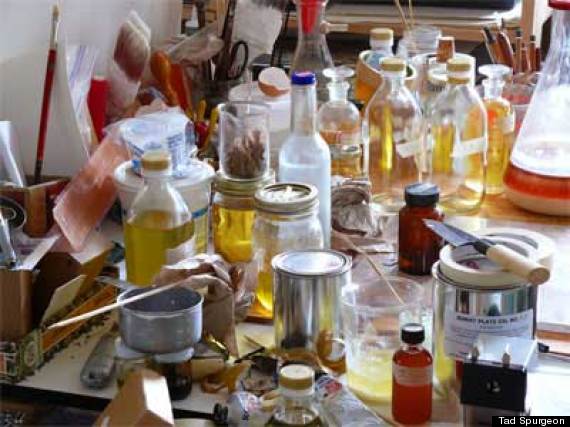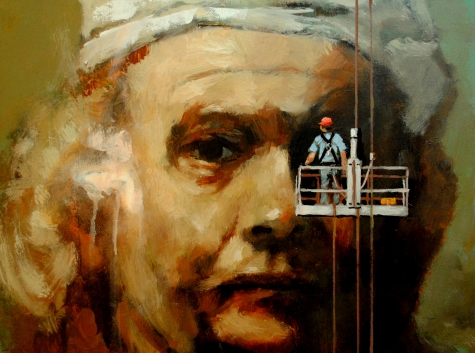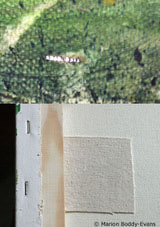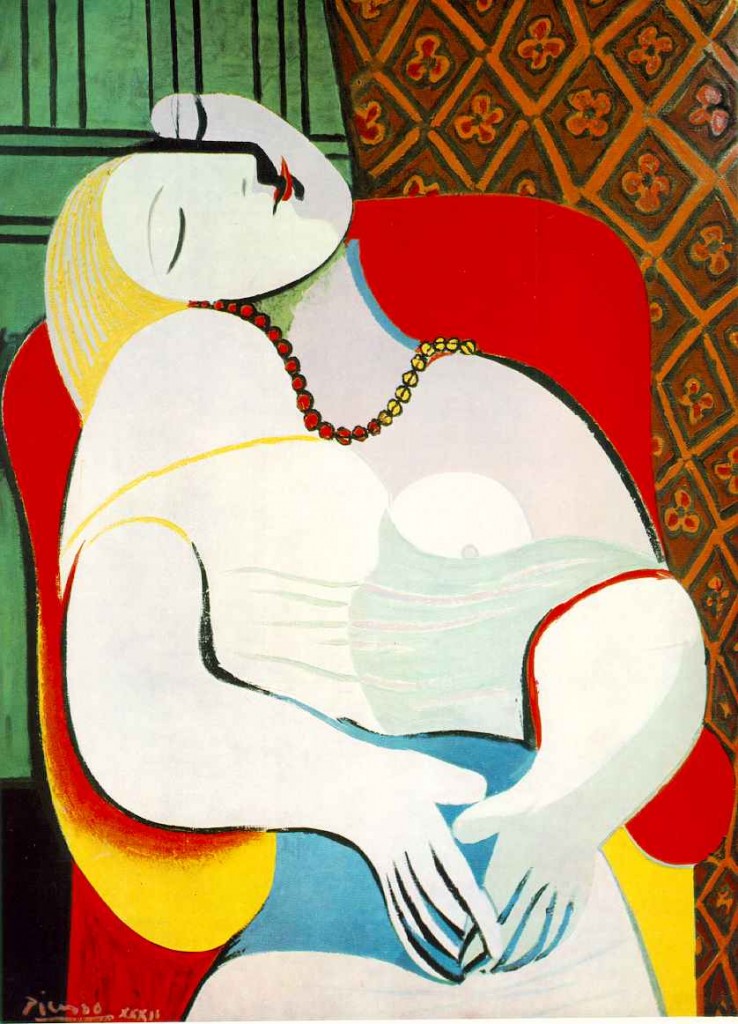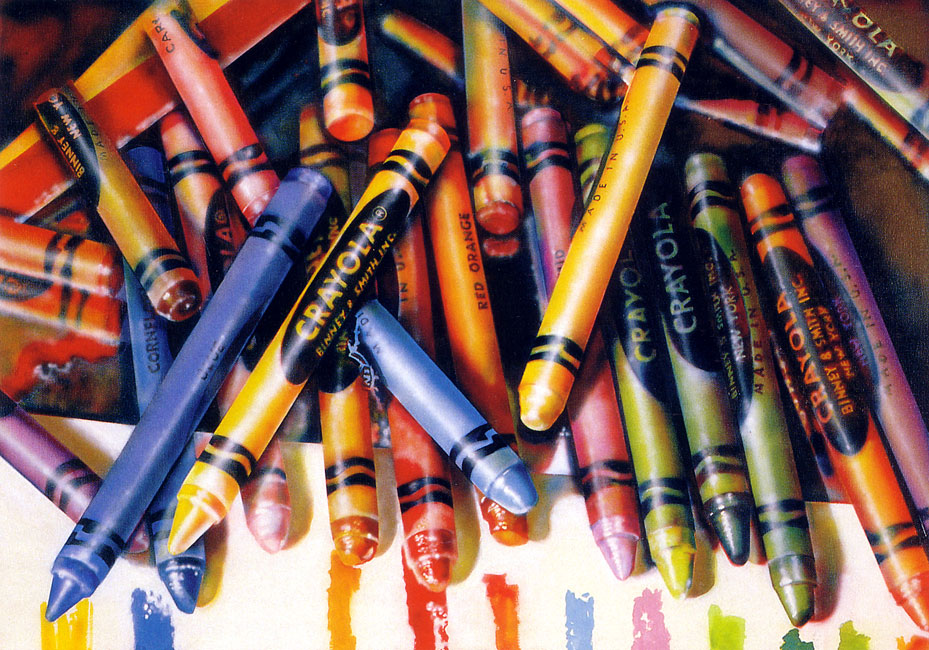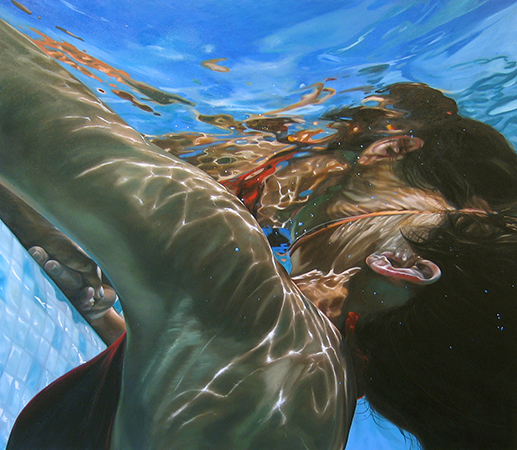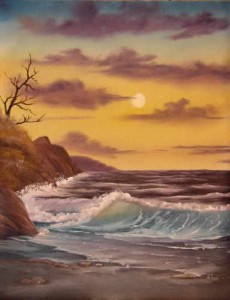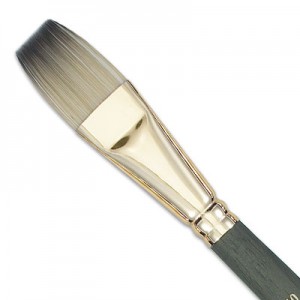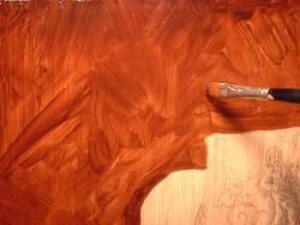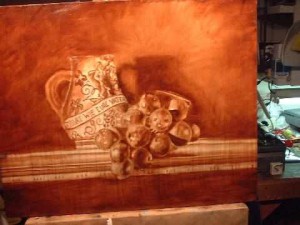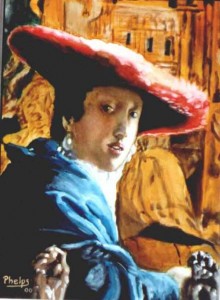What are the Solvents Used in Oil Painting?
“Solvent” is the term most commonly used to identify the liquids that are added to oil paints to temporarily change the way they work when put on canvas. Solvents dilute oil, and dissolve fats and grease from oil paints. Aside from diluting oil paints, artists use solvents to dissolve resins and clean up the work area and paint brushes.
Solvents may have different uses but they have common characteristics:
- Liquid
- Volatile
- Produce vapors
- Flammable
- May be hazardous to health
You may think that you should forget using solvents since they are harmful to your health, but with proper precaution and care of use, you’ll appreciate the benefits solvents bring to a painter’s work. There are many solvents available to an oil painter but you can just select a few for your work.
Turpentine. Turpentine is the traditional solvent used in oil painting and is commonly found in hardware stores. It easily evaporates and gives off harmful vapors which causes skin irritation. When buying, choose artist quality turpentine which is colorless, since the industrial type of turpentine may contain impurities. Turpentine is mostly called as “turps” and can also be called spirit of turpentine, oil of turpentine, genuine turpentine, English turpentine, distilled turpentine, and double rectified turpentine.
Mineral Spirits. Mineral spirits or paint thinner is best used for cleaning paint brushes and thinning paints. It is less expensive and less abrasive compared to turps but it still releases harmful vapors so take precaution when using it. Mineral spirits is also called “white spirits.”
Odorless Mineral Spirits (OMS). As the name says, Odorless Mineral Spirits doesn’t have an unpleasant odor which makes it more expensive than ordinary mineral spirits. It is used for thinning paint and cleaning brushes. OMS is available in different grades, depending on the amount of aromatic properties removed from it. The more refined the OMS, the safer it becomes.
Paint thinner. Paint thinners are synthetic-based solvents. Contrary to its name, it is more effective in cleanup than as a diluting substance of oil paints.
Citrus-based thinner. Citrus-based thinner has a pleasant smell and is used to clean brushes and dilute oil paints. It has a yellowish color and a citrusy smell. Use it with oil paints to dry the painting faster. It is a more environmentally-friendly solvent than turps.
Turpenoid. Turpenoid is a popular synthetic solvent that is odorless and colorless which is used as a substitute for turps. It is great for diluting oil paints as well as cleaning brushes.
Image source: http://www.huffingtonpost.com/
